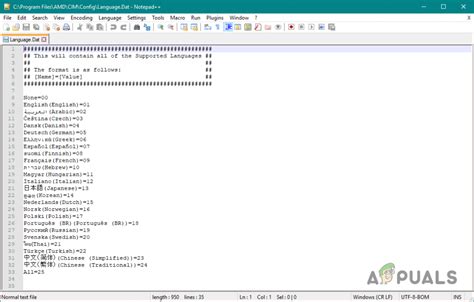Deleting Ethereum Blockchain Files: Can it be done safely?
As a Bitcoin enthusiast with an SD card installation, you’re no stranger to managing large amounts of data. However, when it comes to deleting blockchain files on the Ethereum network, things become more complex. In this article, we’ll delve into the world of Ethereum blockchain files and explore whether it’s possible to delete them safely.
What are blk0001.dat and blk0002.dat?
blk0001.dat is a file associated with the Bitcoin protocol, while blk0002.dat is related to the Ethereum blockchain. These files hold sensitive data about transactions and blocks, which are essential for the functioning of both Bitcoin and Ethereum.
Can I delete these files without affecting my Bitcoin installation?
In theory, it’s possible to delete blk0001.dat and blk0002.dat on an SD card without impacting your Bitcoin installation. However, there are a few things to consider before taking such an action:
- Bootable storage:

To ensure safe deletion of the files, you’ll need to boot into a Linux-based environment, as many Ethereum-compatible distributions use a blockcipher-encrypted filesystem that requires booting in a specific mode.
- Ethereum-specific tools: You may need to use specialized tools or commands to safely erase the files. For example, you can use
ddorrsyncto delete the files without overwriting them.
- Conflicting data: Depending on how your Bitcoin installation is set up and configured, there might be conflicting data that could lead to issues when deleting these files.
The risks of deletion
While it’s technically possible to delete blk0001.dat and blk0002.dat safely, there are some potential risks to consider:
- Corrupted data: Deleting the files without a proper backup or recovery strategy can result in corrupted data, which could lead to further problems.
- Loss of transaction history: The blockchain files contain a significant amount of transaction history, including Bitcoin and Ethereum-specific data. Deleting these files might result in losing access to this information.
Conclusion
Deleting blk0001.dat and blk0002.dat files is possible, but it’s essential to take caution and consider the potential risks involved. If you’re confident that your installation can handle a deletion without issues, you can try using specialized tools or commands to safely erase the files. However, if you’re unsure about the process or encounter any complications, it may be better to explore alternative solutions.
Additional Tips
- Backup data: Before attempting to delete the blockchain files, make sure to create backups of your Bitcoin installation and its configuration.
- Use a secure deletion method: When using tools or commands to erase the files, ensure that you’re using a secure deletion method to prevent data corruption or loss.
- Regularly review Ethereum-compatible distributions:
Keep an eye on the latest updates and patches from Ethereum-compatible distributions to ensure they continue to work with your Bitcoin installation.

